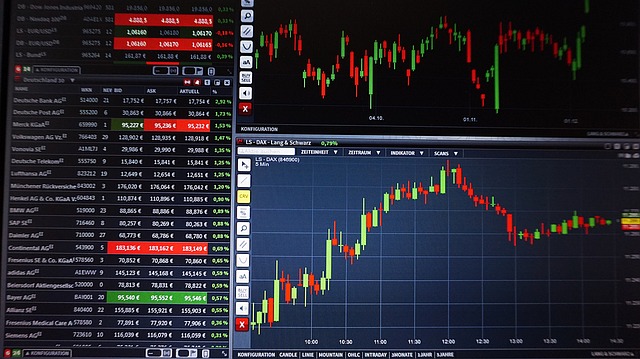This article aims to provide an overview of current trends and predictions for the cryptocurrency market. It highlights key factors influencing market movements and provides actionable insights for investors. To conduct a thorough analysis, market analysis techniques can be employed to understand market dynamics.
Market trends are influenced by various factors including technological advancements, regulatory changes, and investor sentiment. For instance, improvements in blockchain technology have expanded the potential use cases for cryptocurrencies beyond digital payments. Regulatory clarity is also crucial as it directly impacts adoption rates. Moreover, shifts in investor sentiment can significantly impact market movements.
Market analysis techniques such as trend analysis and technical indicators are employed to forecast future trends. Trend analysis examines patterns in price movements over time, while technical indicators provide insights into the current momentum of a cryptocurrency’s price movement. These methods can help investors make informed decisions about their investment strategy.
Another key aspect of market trends is the role of central banks and governments. Central bank digital currencies (CBDCs) are emerging as an alternative to traditional fiat currencies, with potential implications for the cryptocurrency market. Governments’ stance on cryptocurrencies also plays a significant role in shaping investor sentiment.
Market capitalization is another critical metric that can influence trends. As market capitalization increases, it typically indicates growing adoption and increasing demand for a particular cryptocurrency. Conversely, decreasing market capitalization can indicate declining interest and reduced demand.
Another factor influencing the cryptocurrency market is global economic conditions. Economic downturns or recessions can lead to decreased investor confidence, resulting in decreased investment in cryptocurrencies.
Investor sentiment also plays a significant role in shaping trends. Positive sentiment from institutional investors can significantly impact the market, while negative sentiment from retail investors can have the opposite effect.
Lastly, technological advancements are crucial for driving growth and adoption in the cryptocurrency market. Upgrades to blockchain technology, such as sharding and layer 2 scaling solutions, can increase transaction speeds and reduce costs.
The future of the cryptocurrency market holds much promise, but it also presents challenges. Regulatory clarity is essential for widespread adoption, while technological advancements are crucial for driving growth. Understanding market trends and sentiment will be key to navigating this complex landscape effectively.
Market Analysis: What It Is and How to Conduct One | Coursera provides comprehensive guidance on conducting a thorough market analysis, which is essential for understanding the cryptocurrency market trends.
Market analysis – Wikipedia offers a detailed explanation of market analysis techniques and their application in various markets, including the cryptocurrency market.
Investors should keep these factors in mind when making investment decisions. By understanding current trends, regulatory changes, investor sentiment, global economic conditions, technological advancements, and market capitalization, investors can make more informed decisions about their investments.
The cryptocurrency market is inherently volatile, with prices fluctuating rapidly due to various external factors. Therefore, it’s essential for investors to adopt a long-term perspective and diversify their portfolios to minimize risk.
Furthermore, investors should stay up-to-date with the latest developments in the market by following reputable sources of information. This will enable them to make more informed decisions about their investments.
In conclusion, understanding current trends and predictions for the cryptocurrency market is crucial for making informed investment decisions. By employing market analysis techniques, staying attuned to regulatory changes, investor sentiment, global economic conditions, technological advancements, and market capitalization, investors can navigate this complex landscape effectively.



